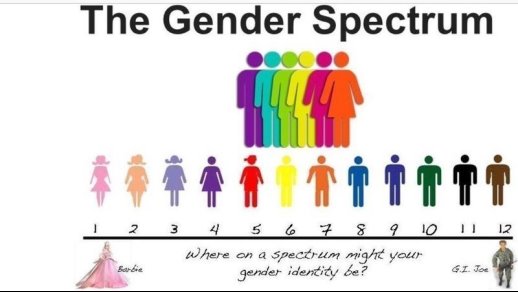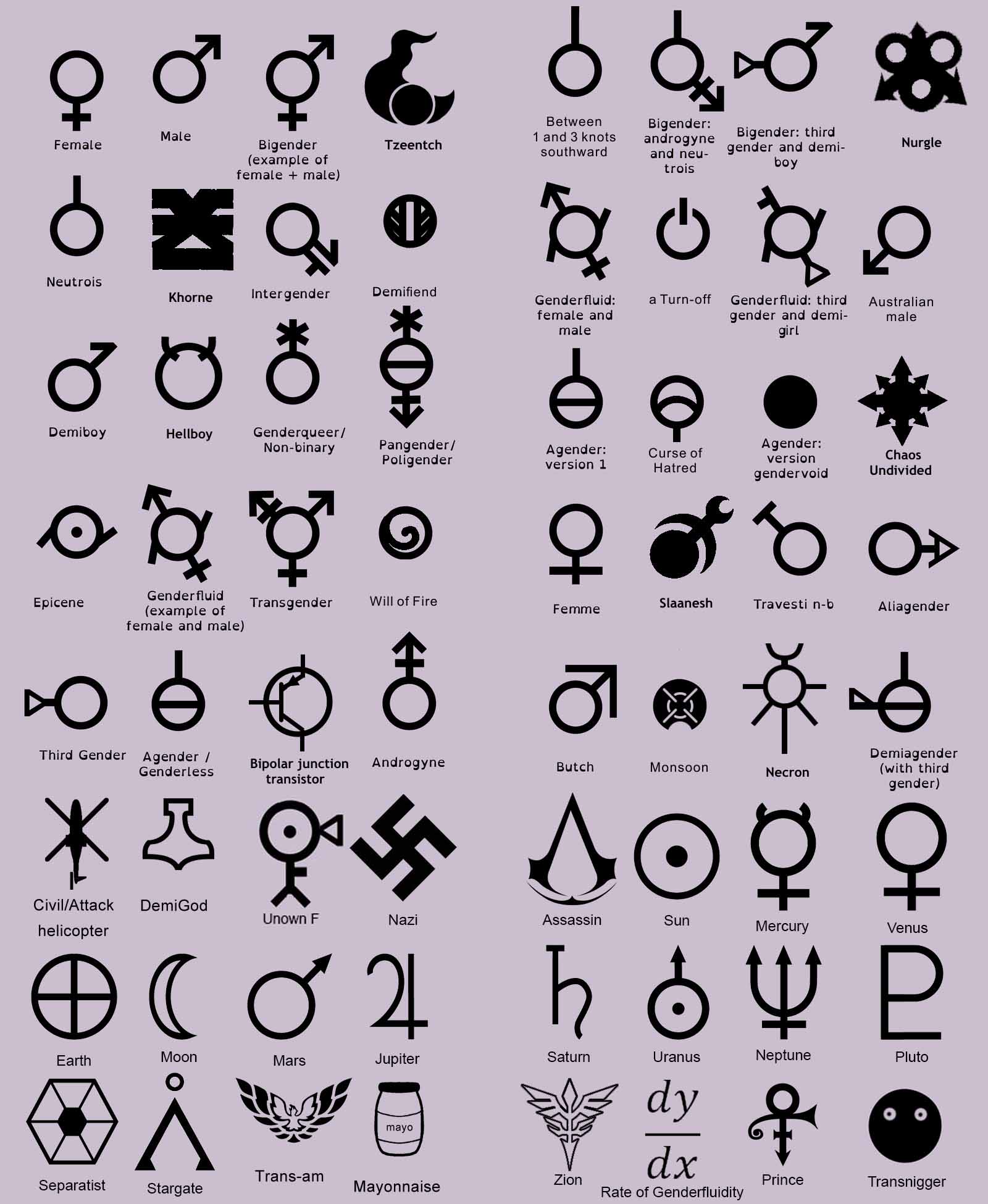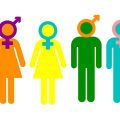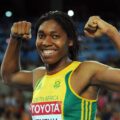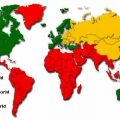Gender is a social construct, which means it is defined by society. Science only describes what we observe and explains how things work, to the best of our understanding. It does not tell us what we should do or how we should define things.
If you really meant to ask about sex, which is based on the role played in sexual reproduction, the answer depends on the species. For mammals, including humans, there are just two roles in sexual reproduction; the one providing the sperm and the one providing the egg. We label the sex of a newborn based on whether they have the physical apparatus associated with these two roles, regardless of whether it functions correctly. However, there are cases where mutations can cause a variety of intersex conditions, which occasionally make it difficult to establish which role, if any, the person could play in reproduction. This doesn’t mean there is third sex, as there is no third role, but it does mean there can be people who are not clearly sexually male or female. This is one area where gender can come in to allow such a person to identify how they like.
What is Gender identity?
Gender identity refers to a person’s understanding and experience of their own gender. Everyone has a gender identity; for some people, it corresponds with the gender assigned at birth, and for some others, it does not. Gender identities are expansive and do not need to be confined within one collectively agreed-upon term. There is no one authority that dictates the boundaries of gender, except the individual concerned.
What is Gender expression?
Gender expression refers to the ways in which a person chooses to present their gender to the world around them. This can include clothing, mannerisms, pronouns, names, etc. However, it is important to note that while things like names, clothing, and others can be an intentional part of a person’s gender expression, these things also do not necessarily need to have a gender attached to them. This is to say that a person’s gender identity can sometimes inform a person’s gender expression, but a person’s perceived gender expression does not dictate their gender identity.
Who or what decided there were 72 genders?
No one did. First off, the list was not a list of genders as such, but a list of terms that had been used to describe their gender experiences. This means it was likely incomplete and subject to massive change anyway.
Second, gender is a spectrum, not just male and female, meaning, if you were to want to, you could cut it into ever finer slices with each slice having its own term to describe it. Meaning, potentially limitless terms needed to describe it.
There are hundreds of terms that people use to describe their gender identity. However, the experience of gender is usually very personal and may not necessarily align with exact definitions or common usage around gender norms. Some people may self-identify with several terms at once, not have a strong preference about which particular term others use, or explore new terms as they develop until they find one that feels comfortable. In general, here are the most common terms used to describe gender identity:
- Agender: Agender refers to a person who doesn’t identify with any gender identity, often preferring gender-neutral pronouns such as they.
- Androgyne: A person whose gender expression incorporates both masculine and feminine elements. Androgyne can also describe either gender expression or gender identity.
- Bigender: A person who identifies with both female and male genders. A bigender person may express two genders simultaneously or fluctuates between two genders.
- Cisgender: A person whose gender identity matches the gender assigned to them at birth, usually based on their biological sex.
- Genderfluid: A person whose gender identity is not fixed and changes over time. Genderfluid people can identify with different genders at different times or a combination of genders at once.
- Gender-nonconforming: An umbrella term that describes anyone whose gender expression or identity does not align with traditional societal expectations.
- Genderqueer: An umbrella term for a person who doesn’t identify with a single-gender identity. This term overlaps with non-binary and can also describe anyone who is not cisgender.
- Intergender: A person whose expression and identity fall between genders or combines genders.
- Intersex: A person born with ambiguously gendered bodies due to chromosome anomalies or ambiguous genitalia. Intersex people often receive a gender assignment at birth through medical intervention, which may or may not correspond to the gender they identify with as they age.
- Omnigender: A person who identifies as a mixture of several genders or as all genders simultaneously, including ones outside the traditional male-female binary. Pangender is another term for omnigender.
- Non-binary: A person who doesn’t fall under the traditional male-female binary. A non-binary person may identify as both male and female, or neither.
- Questioning: A person who is in the process of exploration or discovery regarding their gender expression or identity.
- Transgender: A person whose gender identity doesn’t match their assigned sex at birth (often shortened to “trans” or listed with their affirmed gender, e.g., “trans woman” or “trans man”). Some transgender people choose to undergo hormonal treatments or surgeries to match their gender identity, but others do not.
- Transsexual: An older term sometimes used to describe a person who has chosen to undergo hormonal treatments or anatomical surgeries to match their gender identity. While some people identify with this term, others find it offensive or outdated because of how the medical community historically used the label.
- Two-spirit: A broad term that some Indigenous North Americans use to describe people in their community who identify as having both a masculine and feminine spirit. Two-spirit can describe gender expression and/or sexual identity. ALSO READ: Can Drug Test Detect Gender?


